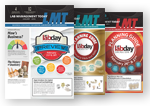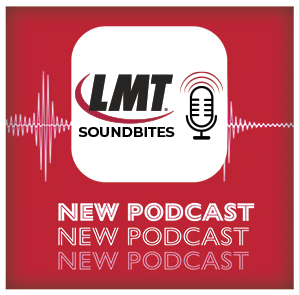Step 5
The laboratory fabricated the restorations using the inLab system with its inEos X5 scanner and the Biogeneric Copy feature to scan the models of the preps and the approved provisional restorations and to design the restorations to fit within the exact confines of the provisional:
Upper and lower models of preps with overlays of provisional models.
Step 2
Upon patient approval of the smile simulation, the models, CR bite registration and facebow were sent to Smile-Vision and mounted on a Stratos articulator. The smile simulation photos and models were measured in order to determine the dimensions of the teeth shown in the simulation. A waxup was then created to copy the esthetic results of the smile simulation and verify function on the articulator.Step 1
To show the patient how he would look, a Smile-Vision cosmetic simulation was completed. This serves two purposes:
1. It allows the patient, dentist and technician to visualize and agree on the proposed outcome.
2. The technician can use it as a plan for a diagnostic waxup upon which the provisional and final restorations would be based.





















